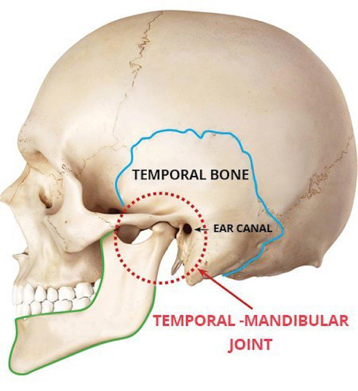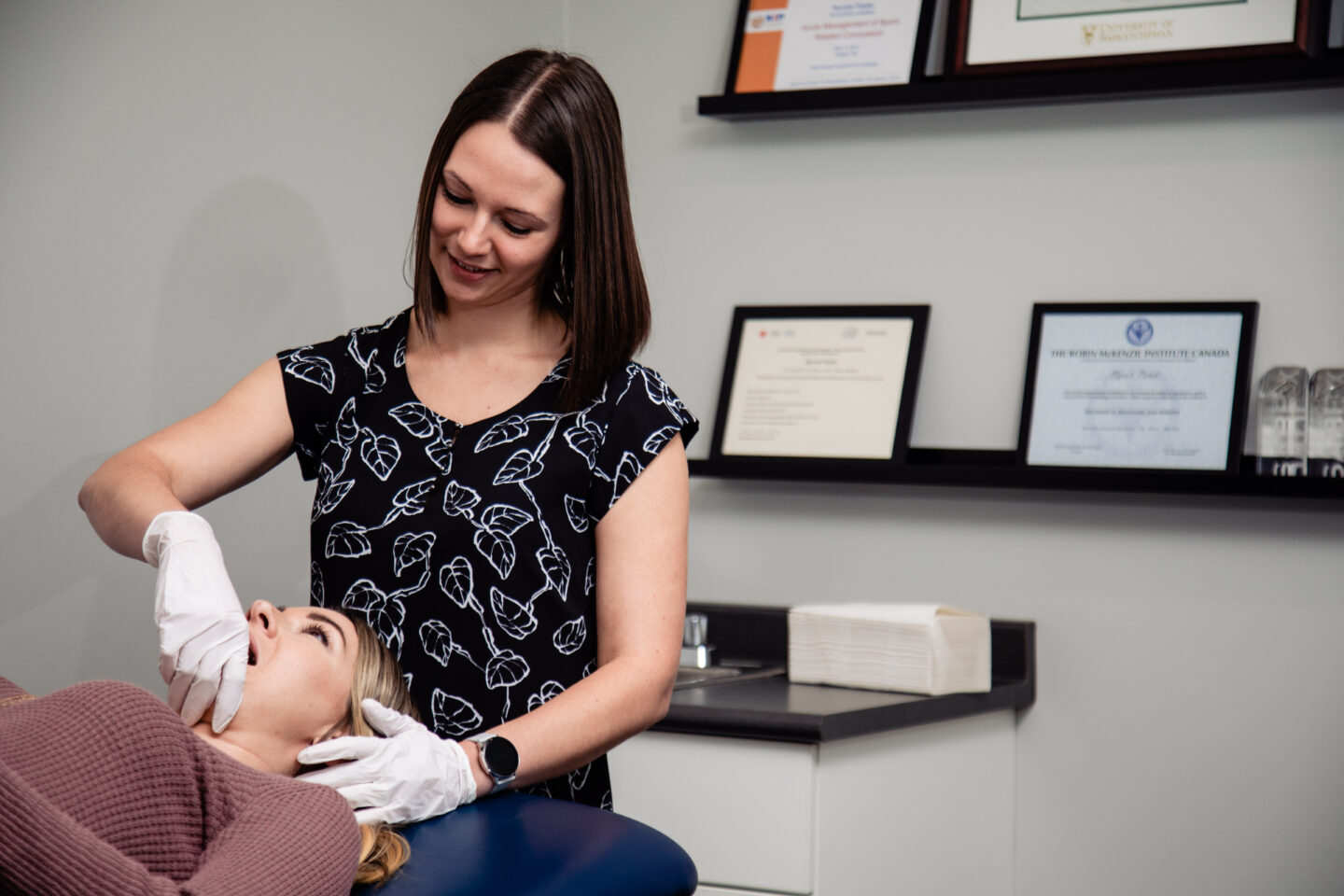Temporomandibular Therapy for Jaw Pain, TMJ/TMD
What is a Temporomandibular Disorder? (aka TMJ / TMD)
There are many potential causes of jaw pain and disorders of the temporomandibular joint (TMJ); overuse of the muscles around the jaw are common reasons people feel pain in the jaw area. This is the area of your face connecting your jaw to your skull. The joints themselves are on either end of your jawbone and allow your mouth to open and close. Temporomandibular Disorder or TMD is a disorder of this area that can lead to pain in the jaw, teeth, ears, head and can even lead to ringing in the ears (tinnitus).
Symptoms of TMD
Face, jaw, ear, and/or headache pain, which may worsen throughout the day with talking, chewing, yawning, etc. It may also disturb sleep or be present first thing in the morning. There may be associated popping, snapping, locking of the jaw and/or limited jaw movement.
Causes of TMD
• Stress, clenching, grinding teeth.
• Trauma to the face (i.e. blow to the jaw).
• Habits such as chewing finger nails, gum chewing, and biting your lip or cheek.

Facts about Jaw Pain
1) TMD (temporomandibular disorders) affects 5 to 10% of the population.
2) TMD affects females more than males with a 4:1 ratio.
3) TMD most commonly affects younger adults, especially women aged 20-40 years.
North 49 Physical Therapy in Saskatoon, SK can treat TMD/TMJ! Make an appointment today.
Anatomy Review
The temporomandibular joints (TMJ) are located just in front of each ear and join the jaw to the face. TMJ movement can be felt by placing your fingers just in front of your ear while opening and closing your mouth. Ligaments hold the 2 sides of the joint in place while several muscles move the jaw. In the joint itself there is a small disc that helps guide the jaw movement.

Treatment Options
Conservative options include:
• Physical therapy to provide treatment such as education regarding self management strategies, exercise prescription, manual therapy, and modalities such as ice, heat, etc.
• Avoiding poor oral habits.
• Possible referral to your dentist regarding the use of a night splint.
What will your treatment include?
• Providing strategies to address any poor oral habits (i.e. clenching and grinding)
• Education on self management strategies
• Manual therapy
• Working with your dentist
The assessment is one hour and subsequent follow-up sessions are approximately half an hour.

CONTACT & HOURS
Phone: 306-343-7776
Fax: 306-343-7780
Monday to Friday: 9am-6pm
Locally Owned & Operated
